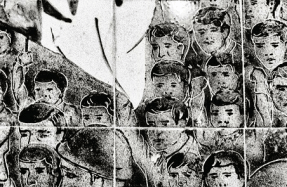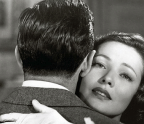
Gupta refutes the gesture of erasure, confirming the presence of these men and the culture of cruising that was a part of Delhi.
On November 26, 1982, the Guardian, in its Third World Review section, ran a piece with the startling headline “They Dare Not Speak Its Name in Delhi: Sunil Gupta on the Secret Suffering of India’s Homosexual Community.” At the time, being gay in India was still illegal, as decreed by Section 377 of the Indian Penal Code, instituted in 1861 during the British rule of India. “One of the best kept secrets in India is the practice of homosexuality, although there is no lack of practitioners from all social classes,” Gupta writes, noting the constant “fear of discovery” and that Indian society “requires the individual to dedicate his/her life to presenting a conventional puritanical public image.” Accompanying the concise text is a single black-and-white image taken by Gupta, picturing a lone man in a kurta, his face cropped from the frame and his body angled away from the camera toward the gardens of the grand Mughal mausoleum Humayun’s Tomb.
Gupta, who was born in New Delhi, immigrated with his family to Canada in 1969, at the age of fifteen. Having aspirations of being a social-justice photographer in the mode of W. Eugene Smith, he traveled back to India in 1980, receiving a student award from Thames comes from this group of fewer than ten gelatin-silver prints that, until recently, were rarely exhibited or published, and were later christened as (1982).






